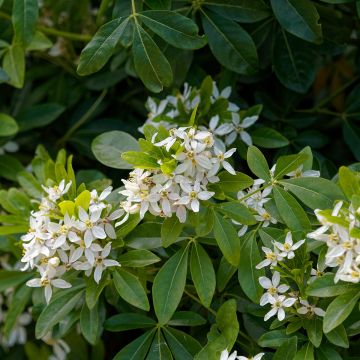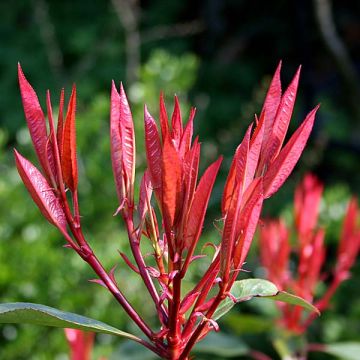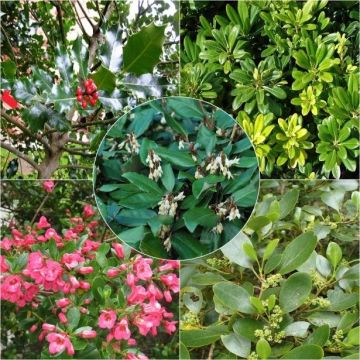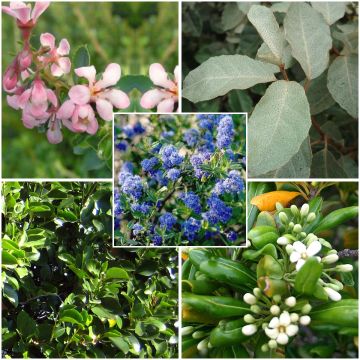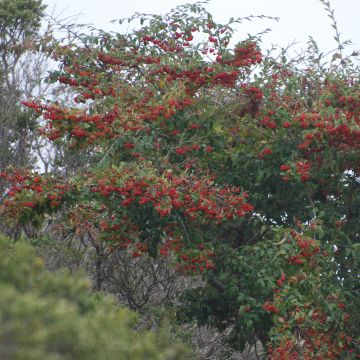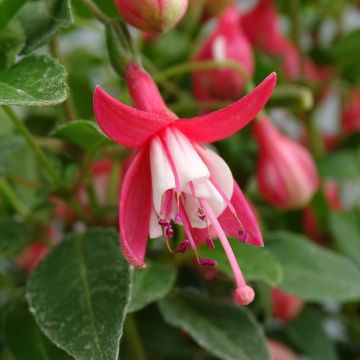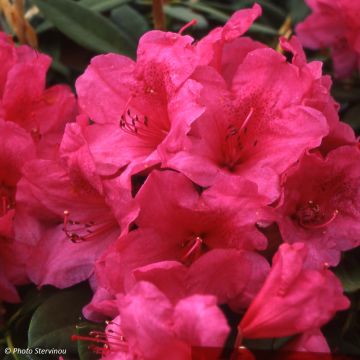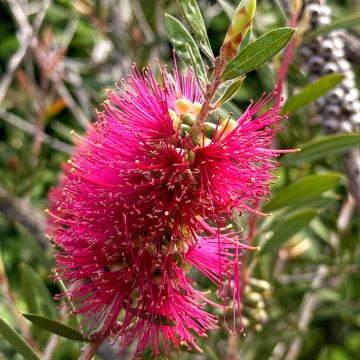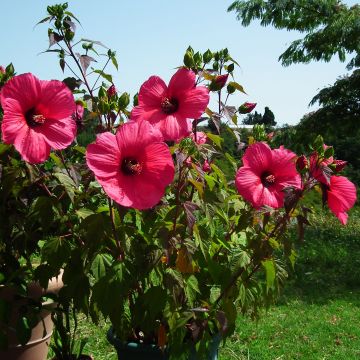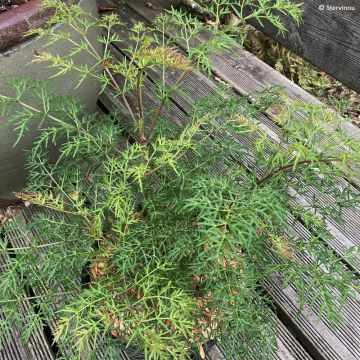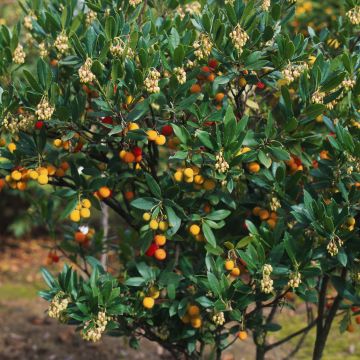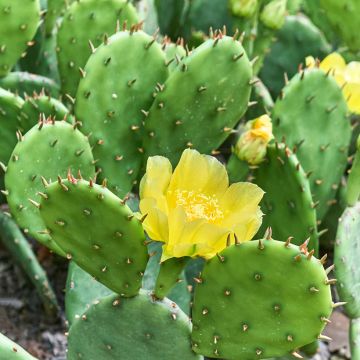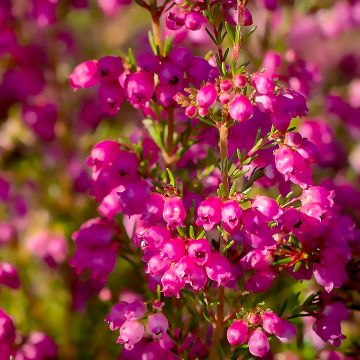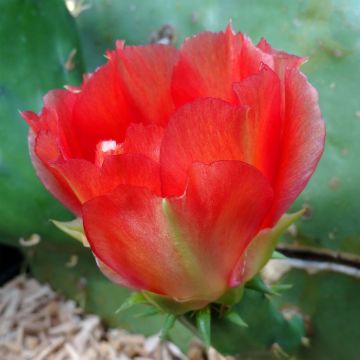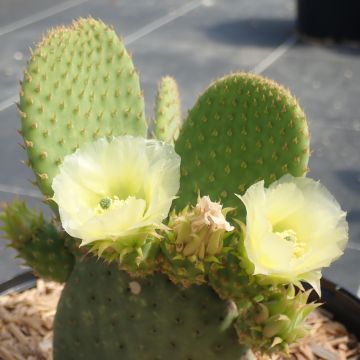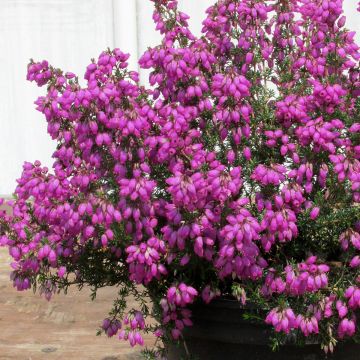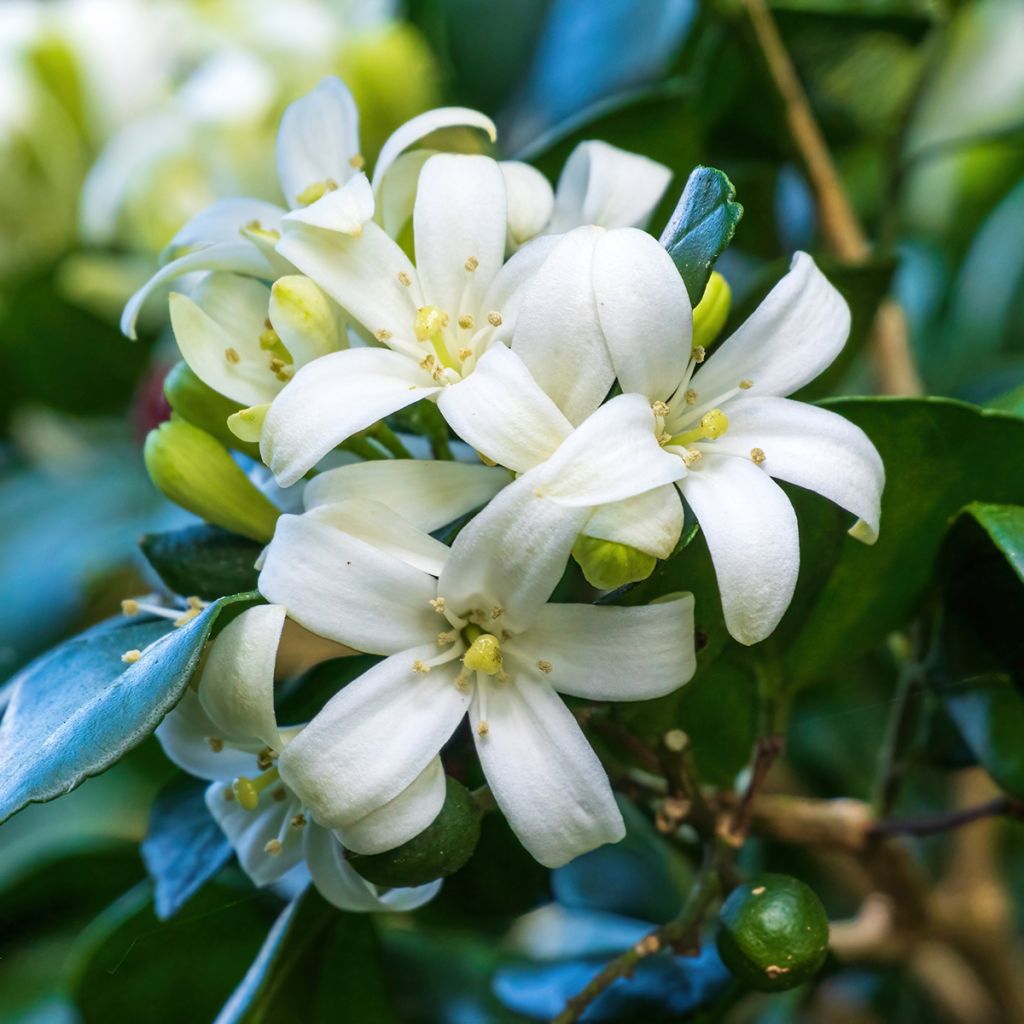

Murraya paniculata - Buis de Chine, Bois jasmin
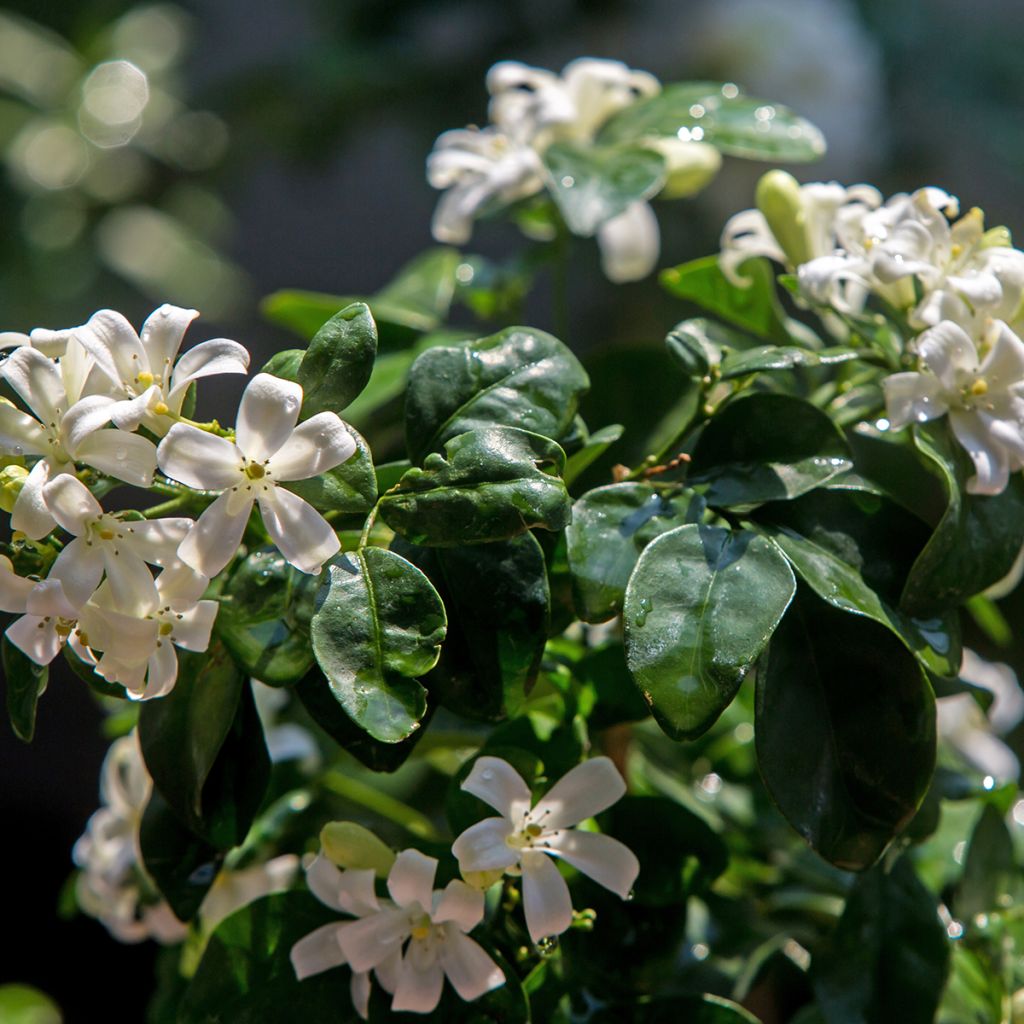

Murraya paniculata - Buis de Chine, Bois jasmin
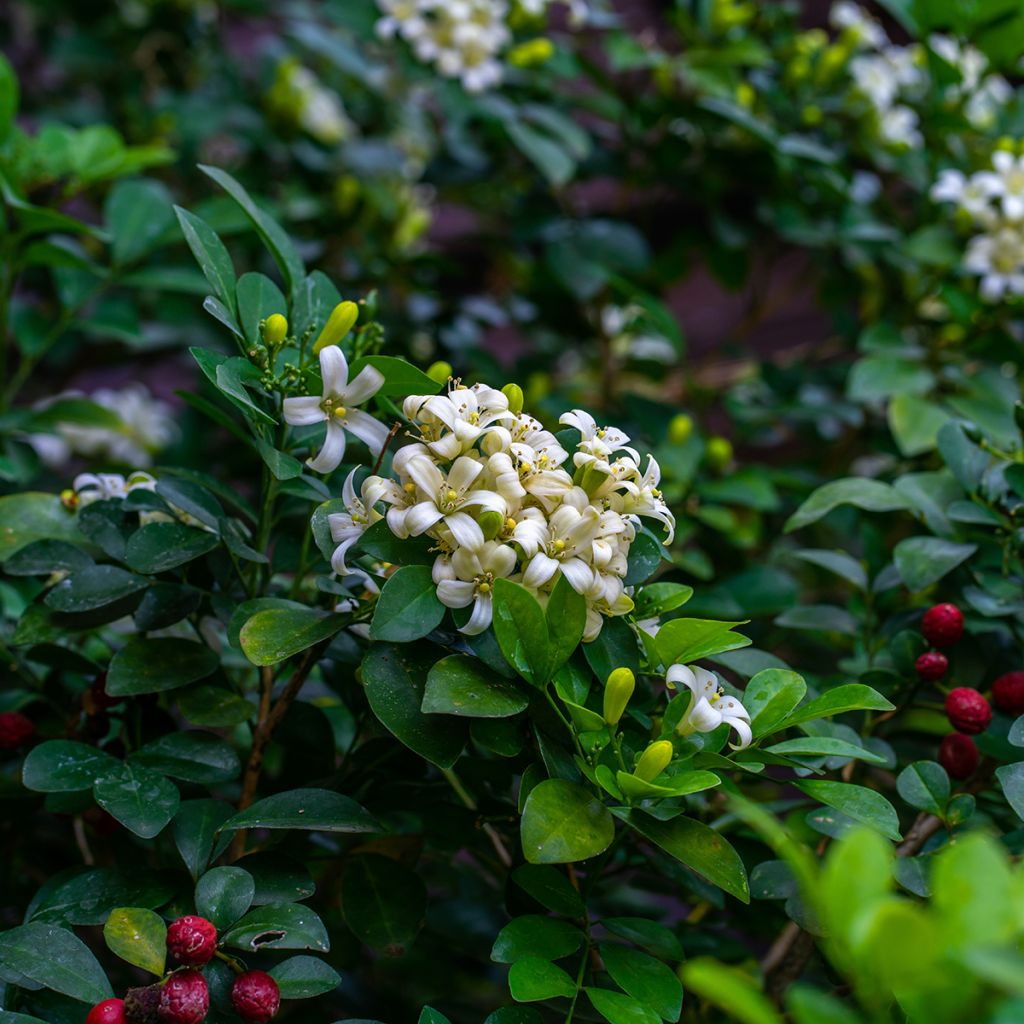

Murraya paniculata - Buis de Chine, Bois jasmin
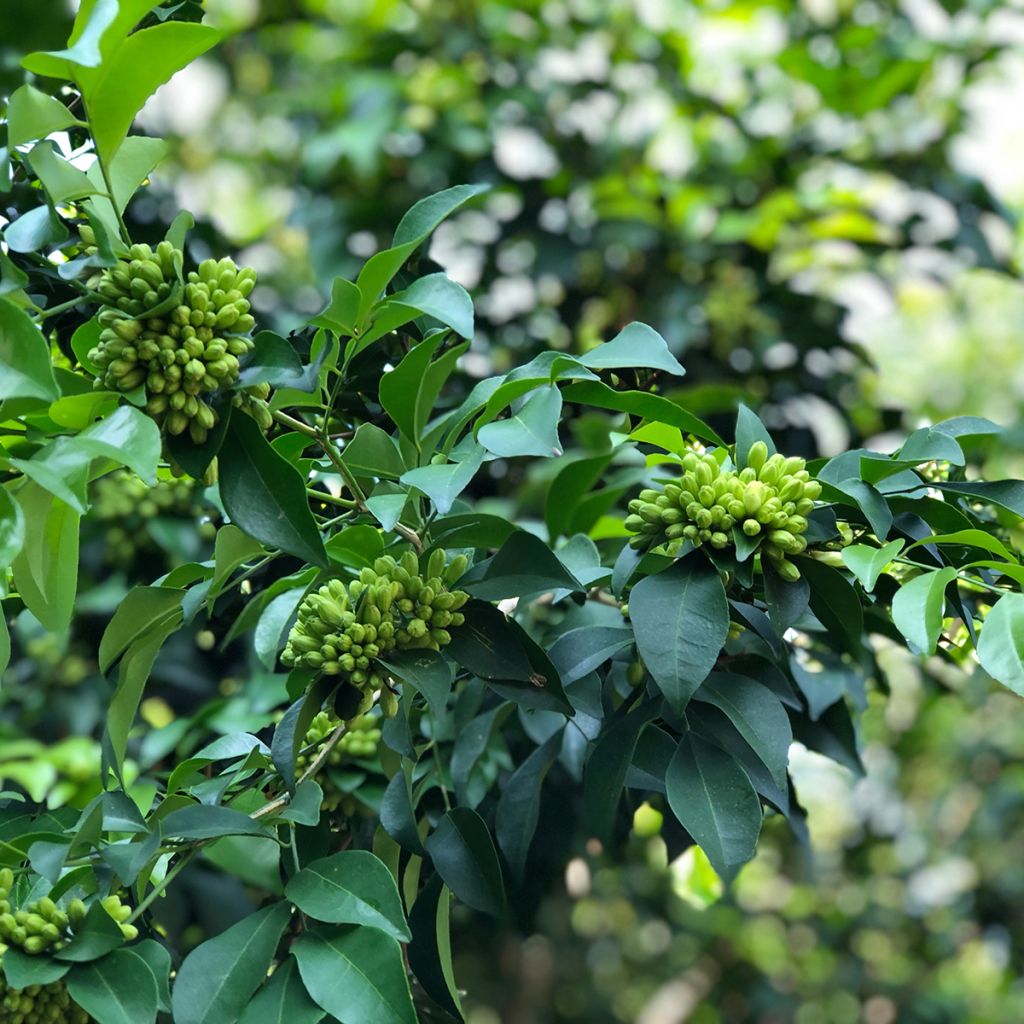

Murraya paniculata - Buis de Chine, Bois jasmin
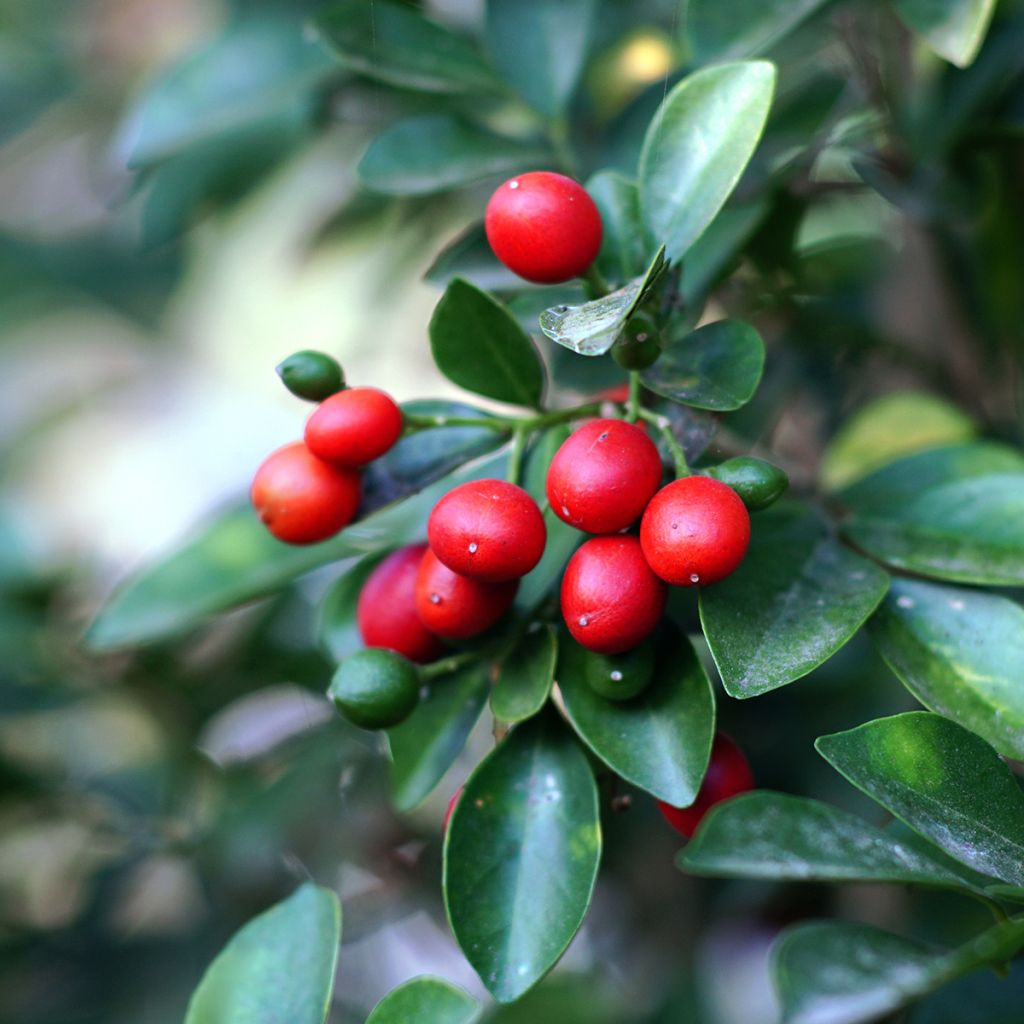

Murraya paniculata - Buis de Chine, Bois jasmin
Murraya paniculata
Murraya paniculata
Chinese Box, Cosmetic Bark Tree, Orange Jasmine, Orange Jessamine, Satinwood
Why not try an alternative variety in stock?
View all →This plant carries a 24 months recovery warranty
More information
We guarantee the quality of our plants for a full growing cycle, and will replace at our expense any plant that fails to recover under normal climatic and planting conditions.
From €5.90 for pickup delivery and €6.90 for home delivery
Express home delivery from €8.90.
Oversize package: home delivery by special carrier from €6.90 per order..
Express home delivery from €8.90.
Does this plant fit my garden?
Set up your Plantfit profile →
Description
Murraya paniculata, also known as Chinese boxwood, is a highly floriferous evergreen shrub of Asian origin, belonging to the citrus family, from which it owes the powerful fragrance of its flowers. In tropical regions, it forms a large shrub with a rounded habit, but it will remain smaller in gardens of the most protected areas. Not very hardy, it is sensitive to frost and can be grown in containers almost everywhere. Its small, highly fragrant flowers have a short lifespan but bloom repeatedly over a long period. It should be grown in full sun and regularly watered, and should be brought indoors before the first frost.
The Chinese boxwood belongs to the Rutaceae family, which includes more than 150 genera, including the large group of citrus trees, as well as common ornamental plants such as Choisya ternata (Mexican orange blossom). Murraya paniculata is native to tropical Asia, and its natural range has expanded via Malaysia to Australia and the southwestern Pacific islands. In these regions, it grows in mountain forests from sea level up to 1300m (4265ft) altitude. It forms a large shrub up to 6m (20ft) tall, or even taller, and commonly blooms from April to October in successive waves. The extremely fragrant flowers only last for one day; the petals fall in the early morning.
Murraya paniculata is a beautiful evergreen plant with highly decorative foliage all year round. Its growth is quite rapid at first, but slows down in the following years. The branches have a pale grey to grey-white bark, which tends to peel off on the main axis as it ages. The compound leaves are alternate and odd-pinnate, with 3 to 7 or 9 ovate to elliptical leaflets, measuring up to 10cm (4in) in length. Dark green in colour, their surface is glossy, as is the case with many other Rutaceae. This dark mass of vegetation provides a backdrop for the pure white flowers, which stand out clearly. The small flowers, about 3cm (1in) in diameter, have corollas composed of 5 oval to lanceolate petals, resembling those of citrus trees. They are of the 5-type, and have 5 small sepals and 10 white-yellow stamens. The flowering lasts for several months, from spring to summer, with successive waves of blooms. Highly fragrant, they diffuse a delicious citrus scent. They then develop into small pear-shaped fruits that are orange to red in colour.
Its tropical origin makes it less hardy. It can withstand brief cold spells of around -2°C (28.4°F), which limits its outdoor cultivation to the mildest areas. It will then form a much smaller shrub, only 2 to 3m (7 to 10ft) tall, with a slightly narrower width, and a rounded and somewhat erect habit, well suited for hedges.
In the garden, Murraya paniculata can be paired, for example, with Boronia heterophylla 'Carousel', a charming Australian shrub with bright pink flowers, or with Galvezia speciosa, a shrub with bright red tubular flowers. On the patio or balcony, it can be surrounded by Plumbago auriculata, which has a long flowering period and stunning sky blue flowers, or by Solanum rantonetti, with its long-lasting violet flowers with yellow centres. It is also possible to train this plant as a bonsai, as its leaves and flowers lend themselves well to a reduced size.
Report an error about the product description
Murraya paniculata in pictures


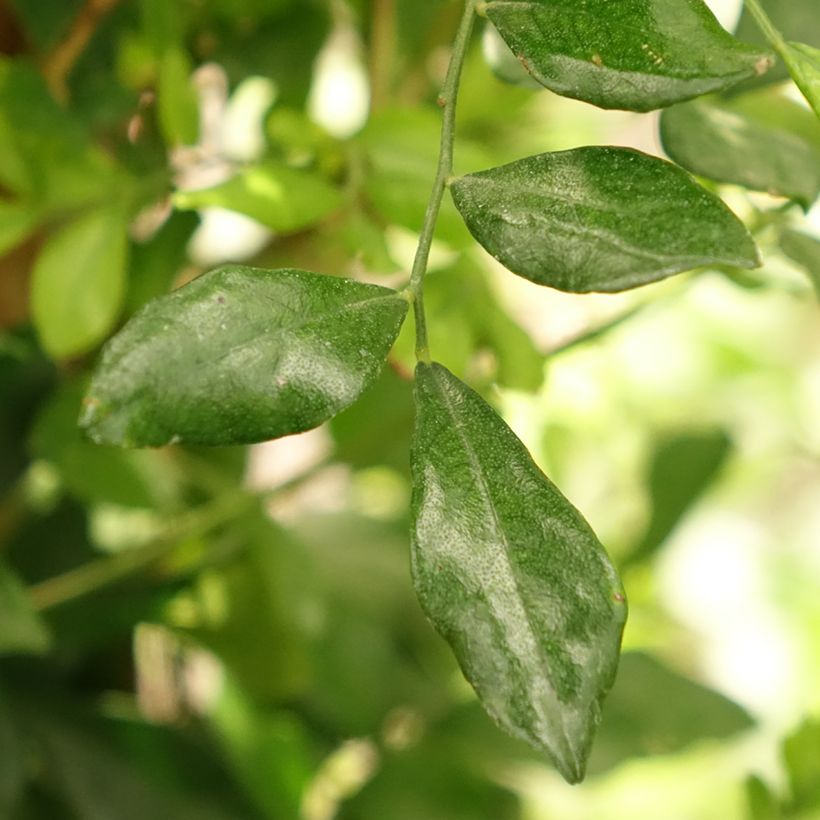

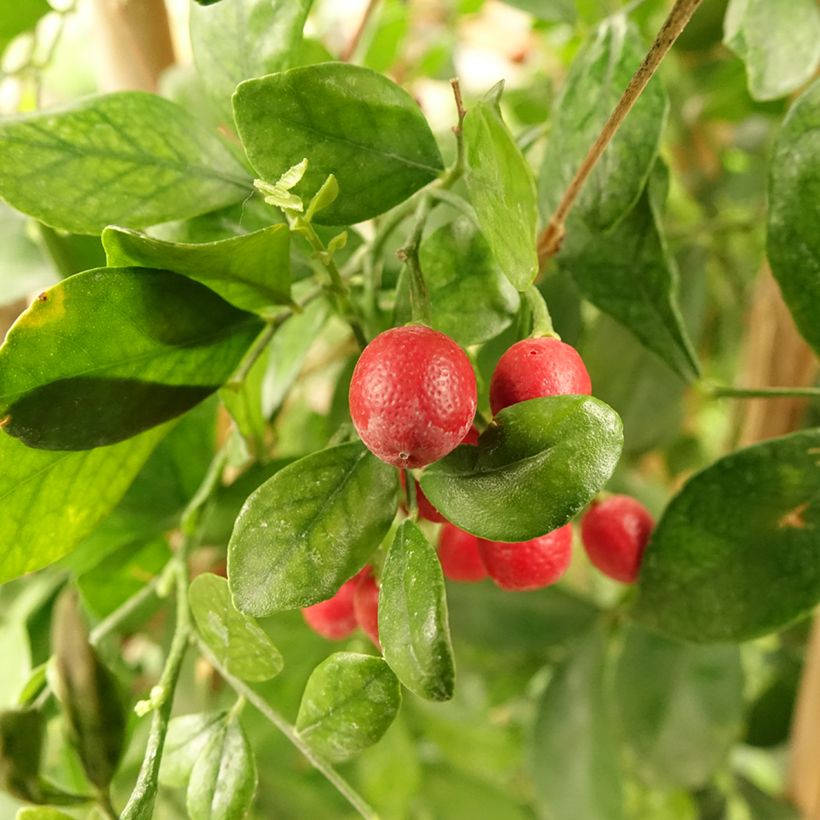

Plant habit
Flowering
Foliage
Botanical data
Murraya
paniculata
Rutaceae
Chinese Box, Cosmetic Bark Tree, Orange Jasmine, Orange Jessamine, Satinwood
Southeast Asia
Other Shrubs A to Z
Planting and care
Murraya paniculata is hardy to -2°C (28.4°F) in very well-drained soil. Therefore, it can only be planted in open ground in the mildest areas. Relatively indifferent to soil type, its growth is nevertheless faster in loose and rich, moist but well-drained soil. Choose a sunny location or possibly partial shade. Plant it in spring so that it has time to develop its root system before winter. Water regularly to promote growth during the growing season, then space out in autumn and stop in winter.
In most regions, it will need to be grown in a container to be overwintered indoors. It can then be taken outside as soon as frost is no longer a concern. Choose a large volume container, as the planting substrate should always retain some moisture. Proper drainage should be ensured to avoid any harmful water accumulation for the roots. A regular planting compost with a layer of gravel at the bottom of the container will do the trick. Choose a terracotta pot to limit the heating of the compost or, if necessary, a "double skin" plastic pot (with an air gap between the inner and outer wall). Water regularly during the growing season, allowing the substrate to dry out between waterings, bring the pot inside to a cool and bright room before the first frost, and then reduce watering. Preferably place it in the sun, which will promote flowering.
Pruning is not necessary, except to remove dead branches or rebalance the habit. But to make it denser, you can slightly shorten the tips of the branches after flowering.
Planting period
Intended location
Care
This item has not been reviewed yet - be the first to leave a review about it.
Evergreen shrubs
Haven't found what you were looking for?
Hardiness is the lowest winter temperature a plant can endure without suffering serious damage or even dying. However, hardiness is affected by location (a sheltered area, such as a patio), protection (winter cover) and soil type (hardiness is improved by well-drained soil).

Photo Sharing Terms & Conditions
In order to encourage gardeners to interact and share their experiences, Promesse de fleurs offers various media enabling content to be uploaded onto its Site - in particular via the ‘Photo sharing’ module.
The User agrees to refrain from:
- Posting any content that is illegal, prejudicial, insulting, racist, inciteful to hatred, revisionist, contrary to public decency, that infringes on privacy or on the privacy rights of third parties, in particular the publicity rights of persons and goods, intellectual property rights, or the right to privacy.
- Submitting content on behalf of a third party;
- Impersonate the identity of a third party and/or publish any personal information about a third party;
In general, the User undertakes to refrain from any unethical behaviour.
All Content (in particular text, comments, files, images, photos, videos, creative works, etc.), which may be subject to property or intellectual property rights, image or other private rights, shall remain the property of the User, subject to the limited rights granted by the terms of the licence granted by Promesse de fleurs as stated below. Users are at liberty to publish or not to publish such Content on the Site, notably via the ‘Photo Sharing’ facility, and accept that this Content shall be made public and freely accessible, notably on the Internet.
Users further acknowledge, undertake to have ,and guarantee that they hold all necessary rights and permissions to publish such material on the Site, in particular with regard to the legislation in force pertaining to any privacy, property, intellectual property, image, or contractual rights, or rights of any other nature. By publishing such Content on the Site, Users acknowledge accepting full liability as publishers of the Content within the meaning of the law, and grant Promesse de fleurs, free of charge, an inclusive, worldwide licence for the said Content for the entire duration of its publication, including all reproduction, representation, up/downloading, displaying, performing, transmission, and storage rights.
Users also grant permission for their name to be linked to the Content and accept that this link may not always be made available.
By engaging in posting material, Users consent to their Content becoming automatically accessible on the Internet, in particular on other sites and/or blogs and/or web pages of the Promesse de fleurs site, including in particular social pages and the Promesse de fleurs catalogue.
Users may secure the removal of entrusted content free of charge by issuing a simple request via our contact form.
The flowering period indicated on our website applies to countries and regions located in USDA zone 8 (France, the United Kingdom, Ireland, the Netherlands, etc.)
It will vary according to where you live:
- In zones 9 to 10 (Italy, Spain, Greece, etc.), flowering will occur about 2 to 4 weeks earlier.
- In zones 6 to 7 (Germany, Poland, Slovenia, and lower mountainous regions), flowering will be delayed by 2 to 3 weeks.
- In zone 5 (Central Europe, Scandinavia), blooming will be delayed by 3 to 5 weeks.
In temperate climates, pruning of spring-flowering shrubs (forsythia, spireas, etc.) should be done just after flowering.
Pruning of summer-flowering shrubs (Indian Lilac, Perovskia, etc.) can be done in winter or spring.
In cold regions as well as with frost-sensitive plants, avoid pruning too early when severe frosts may still occur.
The planting period indicated on our website applies to countries and regions located in USDA zone 8 (France, United Kingdom, Ireland, Netherlands).
It will vary according to where you live:
- In Mediterranean zones (Marseille, Madrid, Milan, etc.), autumn and winter are the best planting periods.
- In continental zones (Strasbourg, Munich, Vienna, etc.), delay planting by 2 to 3 weeks in spring and bring it forward by 2 to 4 weeks in autumn.
- In mountainous regions (the Alps, Pyrenees, Carpathians, etc.), it is best to plant in late spring (May-June) or late summer (August-September).
The harvesting period indicated on our website applies to countries and regions in USDA zone 8 (France, England, Ireland, the Netherlands).
In colder areas (Scandinavia, Poland, Austria...) fruit and vegetable harvests are likely to be delayed by 3-4 weeks.
In warmer areas (Italy, Spain, Greece, etc.), harvesting will probably take place earlier, depending on weather conditions.
The sowing periods indicated on our website apply to countries and regions within USDA Zone 8 (France, UK, Ireland, Netherlands).
In colder areas (Scandinavia, Poland, Austria...), delay any outdoor sowing by 3-4 weeks, or sow under glass.
In warmer climes (Italy, Spain, Greece, etc.), bring outdoor sowing forward by a few weeks.



































